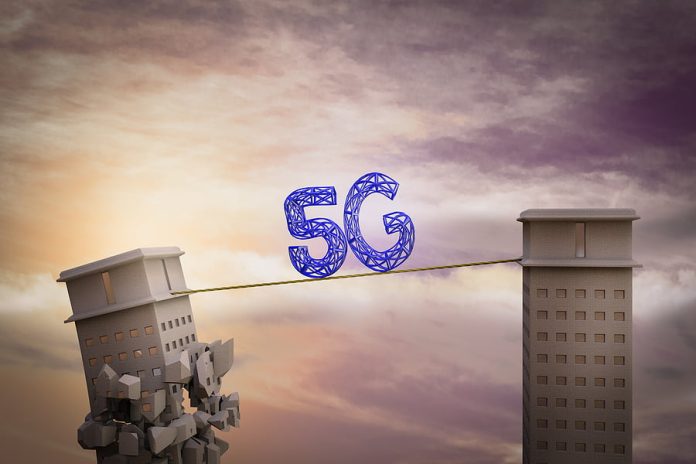3G Sunset Low Band Dawn
3G Sunset Low Band Dawn – Security installers in regional areas could be forgiven for assuming that the 3G sunset will precede a low band 5G dawn offering a poor version of 3G’s expansive reach and 5G’s monster carrying capacity.
You don’t need to go to far out of metropolitan areas in the wide brown land to find locations and times when 3G is your best friend. Sure, it’s slow, but the long wavelengths of 3G sneak through mountain passes, filter into river valleys and stride across open waters in a way 4G and 5G can only dream about.
The issue for techs seeking to support sites in out of the way locations is that come 2024, this reliable low band service will be switched off, and its bandwidth soaked up by technologies that cannot compete with its coverage in the low infrastructure environment out of town.
Also likely to be seriously painful is the fact that existing 4G services flick across to 3G as signal fades – with no 3G acting as backup, a loss of 4G is going to mean a complete loss of signal for many users.
Something security installers are certain to run into over the next couple of years is ‘low-band 5G’, a service that employs the sub-1GHz space. Low band 5G offers better range and better down/up performance than 3G in town but still it’s a compromise and worse, it’s not supported by 3G’s epic range, which allows hundreds of square kilometres to be supported by a single 3G tower.
In truth, 5G low band is not 5G at all and it’s likely that the service will offer only slightly better performance than 3G at a cost premium likely to sting homeowners and SMEs. In many instances, low band 5G services are going to be ported via 4G LTE most the time, yet will cost up to 3x more. Another negative is that users will need to upgrade to a 5G device to pay for a compromised service that will offer better performance in metro areas and worse performance in regional areas where basic comms is paramount.
It’s fair to say that service provider performance claims are so variable they are next to worthless from the point of view of a cost/performance analysis – this makes it difficult to establish what’s best, where and when. This has always been an issue with wireless communications impacted heavily by contention and atmospheric conditions, but now things are going to be worse.
User reported 5G performance is available from OpenSignal – it suggests that 5G speeds in Australia average 240/16Mbps where 5G can be accessed. But all too often, 5G can’t be accessed at all. According to OpenSignal reports, Telstra users can get it 11.5 per cent of the time (otherwise they are ported to 3/4G), while Optus offers 5G only 5.6 per cent of the time and Vodafone just 4 per cent of the time. Furthermore, only 35 per cent of Telstra 5G users can access 5G from home or office.
What’s the upshot moving towards 2024? Installers and integrators need to be across real world comms performance and be entirely open about its frailties when speaking to regional clients, as well as users in tricky metro locations. Installers also need to be speaking with monitoring providers to ensure they are on the same page when it comes to comms – monitoring stations will have an excellent handle on what works and doesn’t from their own perspectives. Using providers who are tower sharing may also be beneficial.
Those users seeking to manage systems remotely are likely to benefit from cabled services and from accepting that workstation response to push notifications received by smart devices will often work best – especially when responding to alarm events or viewing cameras in real time.
In applications where performance must be guaranteed and cost is a lesser issue, the satellite-based Starlink service currently being rolled out across Australia may be worth considering. Starlink is going to deliver performance at a similar level to NBN100 in most locations. It’s expensive, but if you need remote connectivity at up to 350Mbps for a business use, it might be the best option in some applications.
#SEN #SENnews #security #electronics










